What do I in my basement where new insulation meets old?
I’m insulating my basement with 2” of EPS against poured concrete foundation, then framing a 2x4 wall, then adding Rockwool. Unfortunately, due to some areas, like stairs and a laundry room which I’m not planning to demo, I’m unable to continuously insulate using EPS. Company’s directions are for product to be installed continuously against basement foundations.
Is this a cause for concern for moisture, air sealing, and different vapour methods and insulation types? (Old Poly vapour sheet and fibreglass insulation vs new Rockwool and EPS)
How do address the areas where the EPS is adjacent to the old insulation?
If I demo the laundry room and continue with eps, how do I address insulation once I reach the stairs? The stairs are built two inches away from foundation wall. Not much room to work, or insulate, and I don’t really want to use closed cell spray foam, due to health concerns. Thank you.








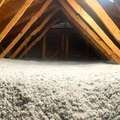
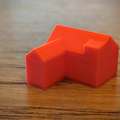




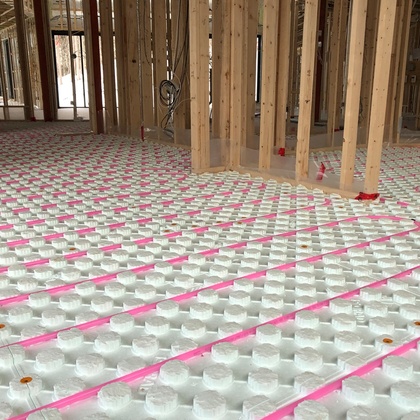
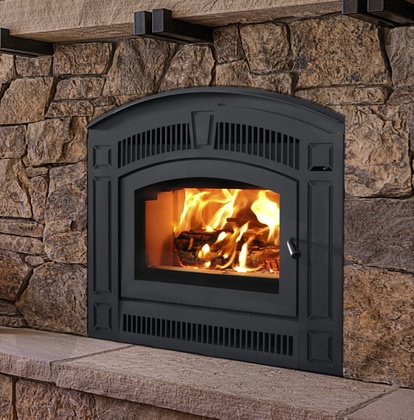

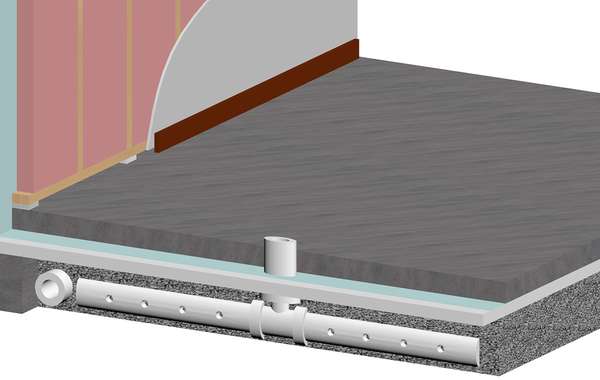
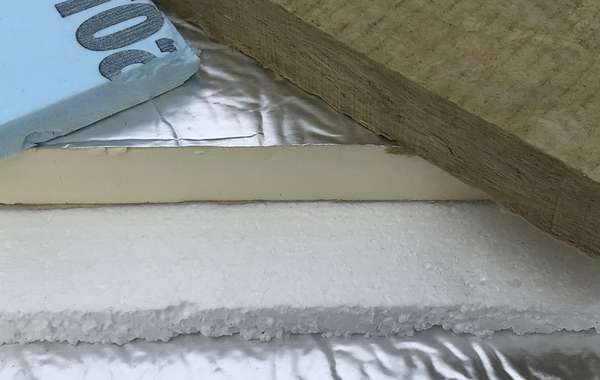
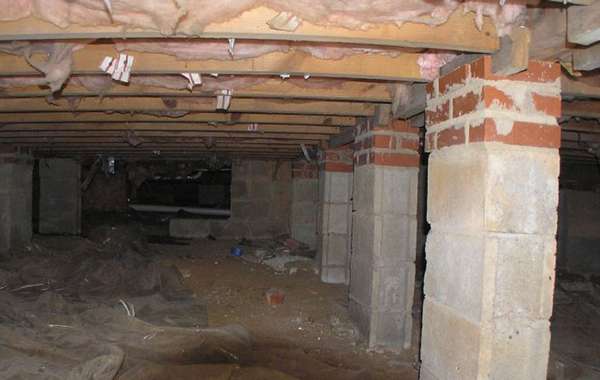
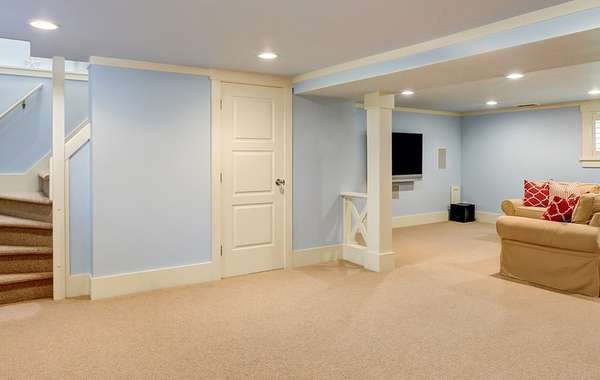
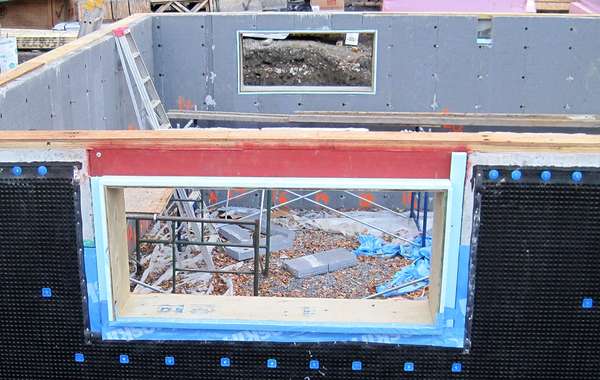
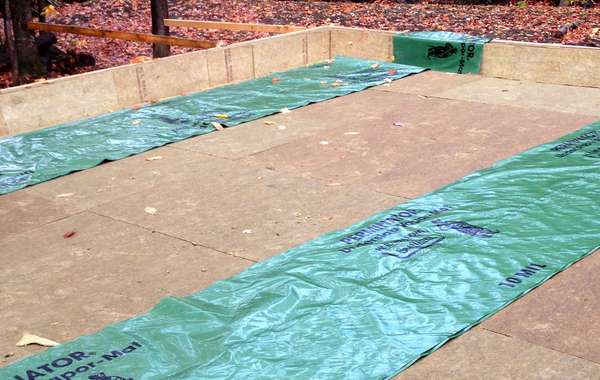
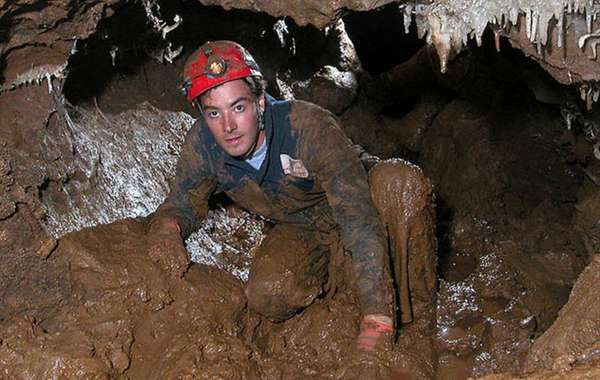
Your current design is very much inline with how we like to do basements, and for a few more tips you could check out this page -
How to Insulate Basements Properly
And to address your question specifically, in a perfect world yes, you would do it all and continuously. If you are simply not going to insulate your laundry room, you are still better to do the rest of it than not at all. However, without knowing the specific conditions of your basement (whether or not there is an exterior membrane, drainage matt, signs of water damage, etc.), it’s impossible to say for sure, sorry.
Without doing a full demolition of your laundry room, can you access the rim joists? That is a common place for air leakage and thermal bridging, so if you can at least insulate there then you would be ahead of the game. That can be done a few ways – either you can spray foam them (like you it's not our first choice but it works) or you can cut pieces of foam boards and place them between the joists and seal them with acoustic seal. The acoustic seal can be messy to deal with but it really works well and stays flexible.
We always prefer EPS foam boards since XPS foam has higher greenhouse gas emissions, but it works better for air and vapour protection so in this particular case I would probably go pick up a few sheets of XPS rigid foam for this specific purpose. As for your stairs, if there is a 2-inch gap, I would consider slipping a couple of 1.5” foam boards behind it if possible, that at least will stop a bit of heat loss.
There is nothing too extraordinary you need to do for the junction between the old insulation and the new, just try to insulate right up to it. Without doing the laundry room and behind the stairs you won’t have a continuous air barrier, but unless concrete is extremely cracked then you likely wouldn’t have a lot of air leakage so I wouldn’t worry to much about sealing it.
Keep in mind that the wall assembly you have chosen is a good one (foam boards and Rockwool batts), and that will help to keep the moisture out. if you monitor the humidity levels and keep a dehumidifier going, then those few places where you haven’t completed the insulation will have more heat loss but they shouldn’t be a major source of moisture.
That's an excellent 'all one one' basement insulation system, thanks for posting it.